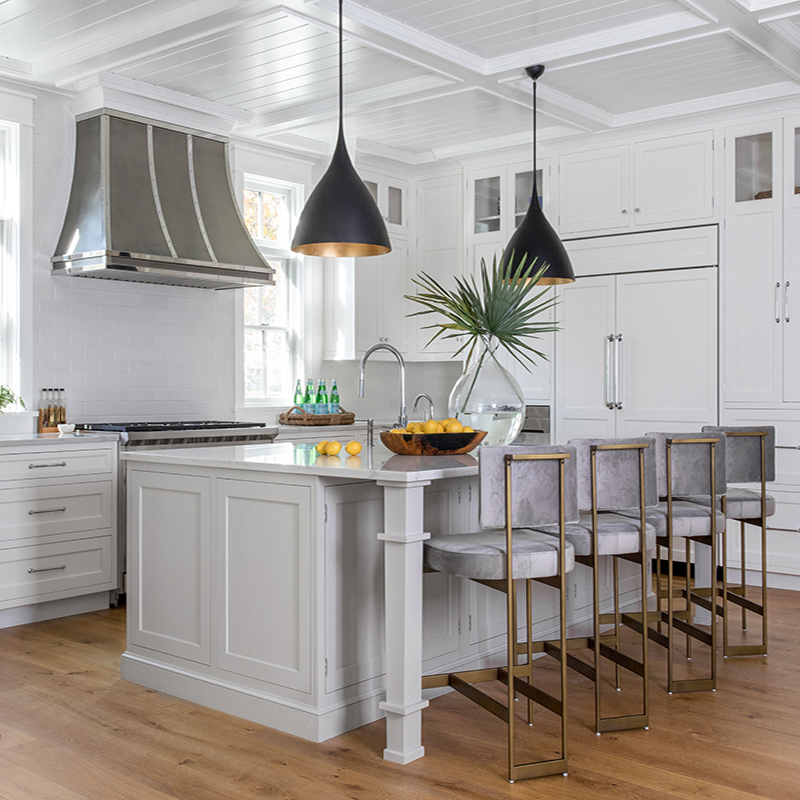
Photo by Raquel Langworthy
Considering renovating your kitchen? It’s a big decision, a big project and a big expense, so it needs to be done right. So, NJ HOME asked Sherry Frederick and Darlene Terrill of Sherry Frederick Interior Design in Point Pleasant to share their tips, from start to finish.
Here’s their two cents (er, eight tips):
1. Decide what you want in your new kitchen.
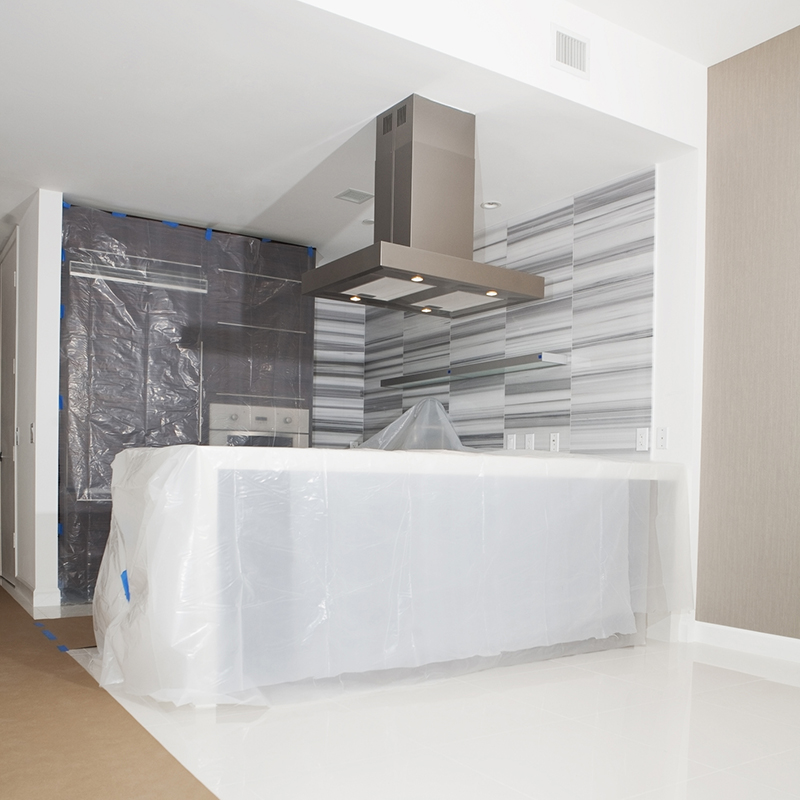
You should certainly look at magazines and social media for inspiration, but ultimately, your kitchen needs to work for you—it should be representative of how you and your family live and function. For example, a baker may require a double oven and a cabinet to hide a stand mixer. Other amenities you may want to include in your redesign include a pot filler, cooling rack, garbage disposal or a wine fridge, to name a few.
2. Research and plan.
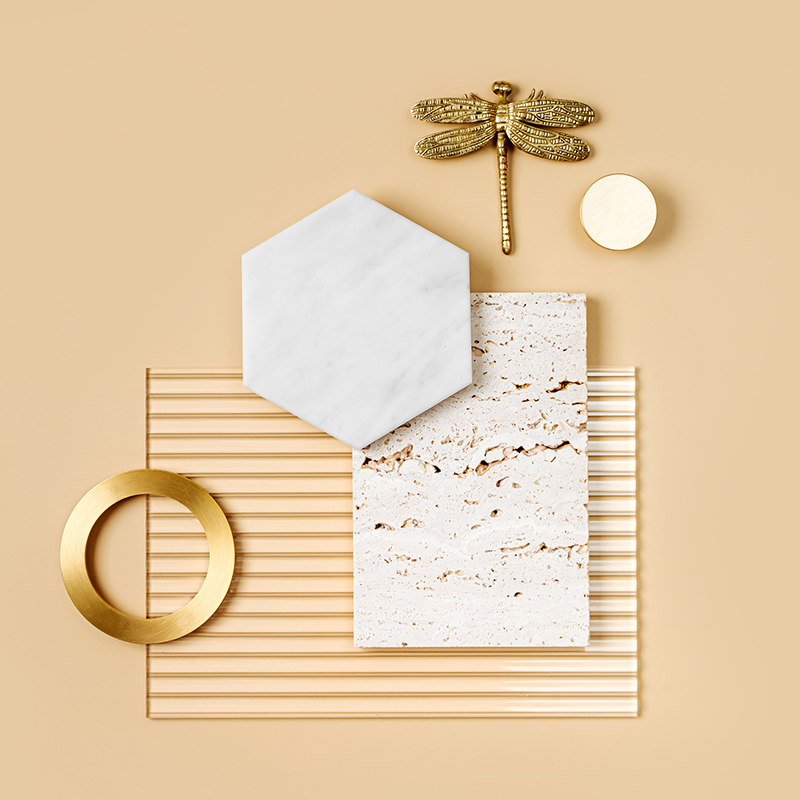
At this point in the process, you need to figure out your “scope of work,” or who is going to do what for your project. Do some research to determine what a reasonable budget might be, and keep in mind that the money will be divvied up amongst your general contractor, your interior designer and your builder/architect, if you have one. “If a project is $100,000, the design fee is 10 to 15 percent,” Frederick says. Also allot some of the budget for products and materials such as cabinets, flooring, tiles and appliances.
3. Find and hire your professionals.
You’ll want to hire both a designer and a contractor if you’re keeping the same footprint of your kitchen but just updating the space. However, if you’re knocking down walls and doing major construction, you’ll need an architect on board too. “Pros are available to help you with everything from contracts and permits to space planning, budgets, choosing finishes and fixtures, shopping, ordering products and managing your project from start to finish,” Terrill notes. Our designers recommend getting at least three quotes for each expert you’re hiring to make sure you’re paying a fair price.
4. Settle on a schematic design.
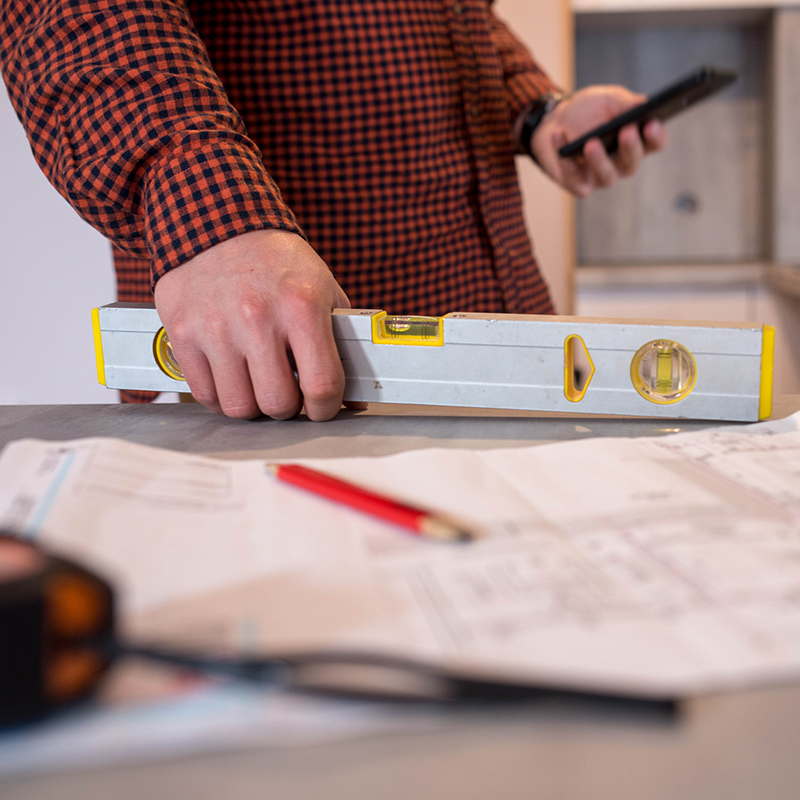
Now it’s really time to get cracking. “This phase includes sketches, space planning, preliminary floor plans and elevations showing the layout and cabinet sizes,” says Frederick. Most of this is a collaborative effort between your team, who will work together to create a how to lay out the kitchen. Of course, you as the client will get to look over the plans before they’re put into action and suggest tweaks until all parties are satisfied.
5. Specify fixtures and finishes.
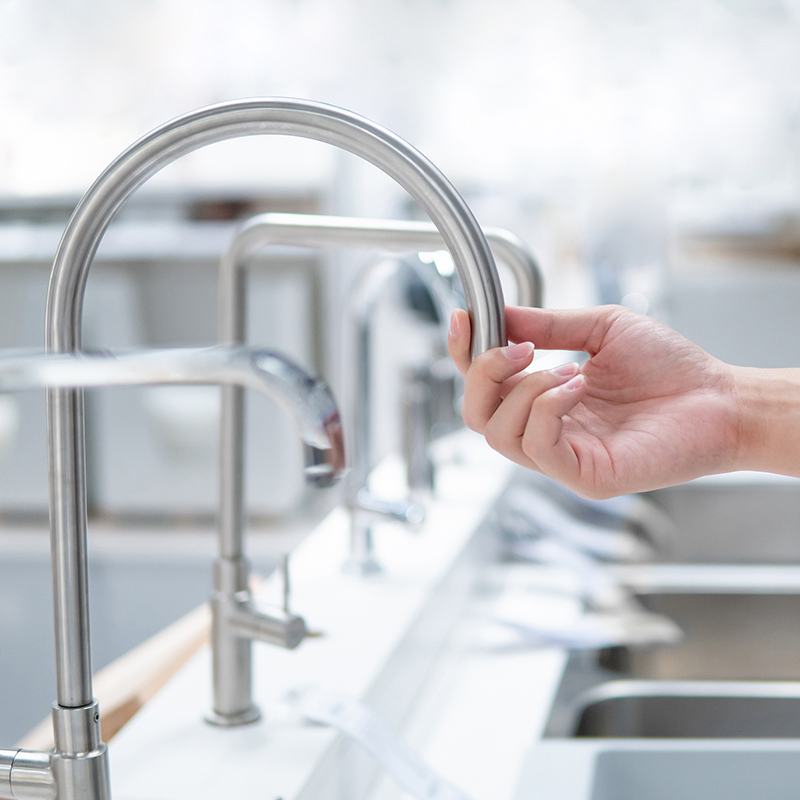
Here’s what some people may refer to as the “fun part” of a redesign—picking out all the pretty stuff. First, choose your appliances. Many higher-end brands such as Sub-Zero and Wolf currently have a lead time of six to 12 months due to COVID. The cabinets, which have a shorter lead time of eight to 12 weeks on average, says Frederick, will then be built around them. From there, you’ll work with your designer to solidify all the details, such as cabinet door style, countertop material, decorative hardware, fixtures, flooring, backsplash and the sink.
6. Develop your designs.
“This is the stage where you finalize the design and prepare final floor plans, elevations, details and, if applicable, mechanical and electrical drawings, lighting switch plans and exterior elevations,” says Terrill. It’s essentially an extension of step No. 4, except here you’re confirming all the details and making sure everything is going as scheduled. For example, at this point your builder will give the interior designers a schedule so the designer can make sure everything (such as the countertop marble) is on-site and ready for installation.
7. Prepare for demo.
Assuming you’re changing the footprint of the kitchen, you’ll need to figure out specific details as they pertain to the construction, our designers note, such as:
- How will the construction team remove debris? With a dumpster or will they keep it in your garage or yard?
- Will there be a staging area for cutting wood and tile?
- When will you need to be out of the house, and for how long?
- Where can crew members use the bathroom?
- Can/should the crew work on weekends and if so, during what hours?
Keep in mind too that certain requests might require more money, such as having the crew clean-up their dusty mess daily rather than, say, once a week.
8. Set up a temporary kitchen.
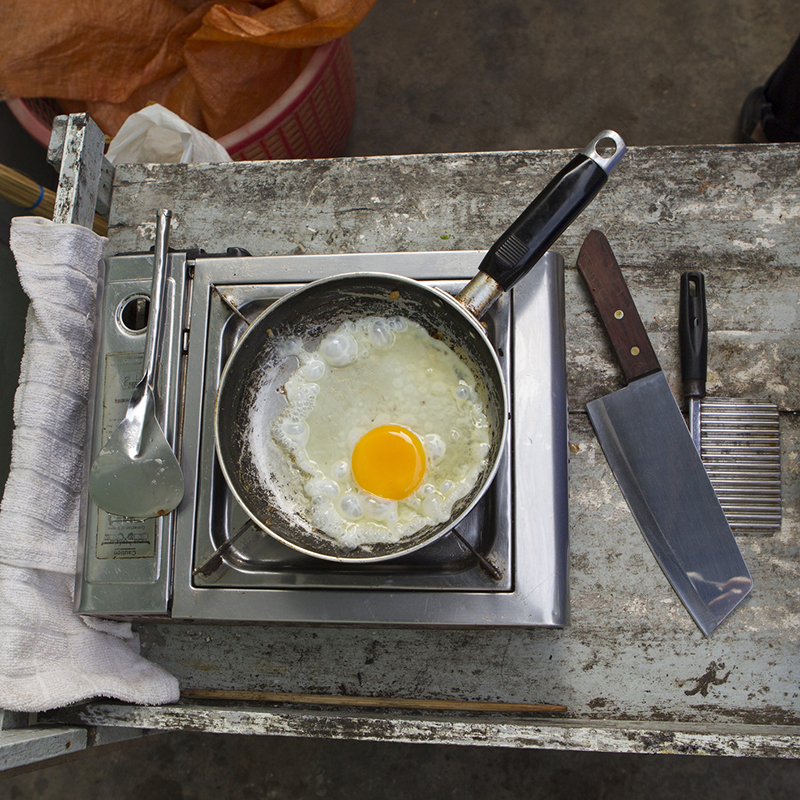
Your kitchen will be out of commission for a while, so the more organized your makeshift kitchen is, the less stressful it will be. Ideally, you’ll set this up in another room. First, empty out all other items from the cabinets. “Instead of throwing everything into a bunch of boxes and deferring the editing process to the end, get it done now to make moving back into your new kitchen more fun,” says Frederick. Our experts also recommend having two long tables—one as a workspace for chopping and prepping with a microwave, toaster and a hot plate, and another table with chairs at which to eat.
For those who’ve been there, what else would you recommend doing before and during a kitchen renovation? Send us a DM on Instagram @njhomemag, and check out more design tips in the summer issue of NJ HOME, out now.